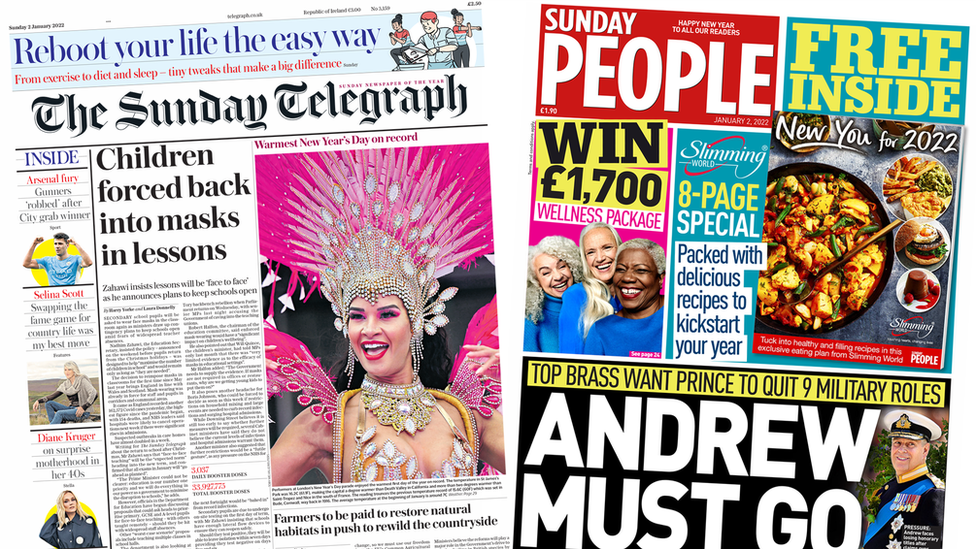
When Rachael Gunn, known in the breakdancing world as Raygun, stepped onto the stage at the Paris Olympics, she became an instant sensation—not for the reasons she might have hoped. The 36-year-old Australian breakdancer’s performance, which included moves like the "sprinkler" and kangaroo-inspired hops, did not go as planned and resulted in a wave of global criticism.
Raygun’s journey from a university lecturer in Sydney to the Olympic stage was already remarkable. Her initial foray into breakdancing was driven by her husband and coach, Samuel Free, who introduced her to the world of hip-hop dance. Despite early struggles and feeling out of place in the male-dominated scene, Raygun persevered and eventually emerged as a prominent figure in Australian breaking. She secured her spot in the Paris Olympics by triumphing at the Oceania qualifiers held in Sydney last October, a victory that, at the time, seemed like a proud moment for the Australian breakdancing community.
However, her Olympic performance did not resonate well with audiences or critics. The unorthodox nature of her routine, combined with her distinctive green tracksuit, quickly became fodder for memes and harsh online commentary. Raygun failed to score a single point, and the ensuing backlash was both swift and severe. Critics accused her of misrepresenting Australian breakdancing and, in some circles, even of appropriating hip-hop culture. The response included a petition demanding she apologize, which garnered over 50,000 signatures, and numerous unfounded conspiracy theories suggesting her qualification was compromised.
The criticism intensified as parodies of her routine spread, and Raygun faced a barrage of abuse online. Some of her supporters argue that the response was not only unfair but also damaging, both to Raygun personally and to the broader Australian breakdancing community. They point out that the global criticism has overshadowed the sport’s true essence and the dedication Raygun put into her preparation. Despite the harsh feedback, many in the breakdancing world see her as a courageous figure who faced a challenging situation with determination.
In contrast, some members of the Australian breakdancing community, including pioneers like Spice, have expressed embarrassment over her performance, questioning the level of preparation and suitability for such a high-profile stage. There is a clear divide between those who see Raygun's performance as a low point and those who view the reaction as an overblown attack on a dedicated athlete.
The controversy surrounding Raygun's Olympic stint highlights the challenges and scrutiny faced by athletes representing niche sports on a global stage. The impact of this debate extends beyond just Raygun, affecting young dancers and the perception of breakdancing as an Olympic sport. Despite the criticism, there is hope that the attention may eventually lead to increased support and resources for the breaking scene in Australia.
Raygun’s story serves as a reminder of the pressures athletes face, especially when they are at the intersection of popular culture and traditional sports. Her journey through the Olympics and the subsequent fallout has sparked a broader conversation about the nature of performance, representation, and the impact of global scrutiny on individuals and communities.


0 Comments